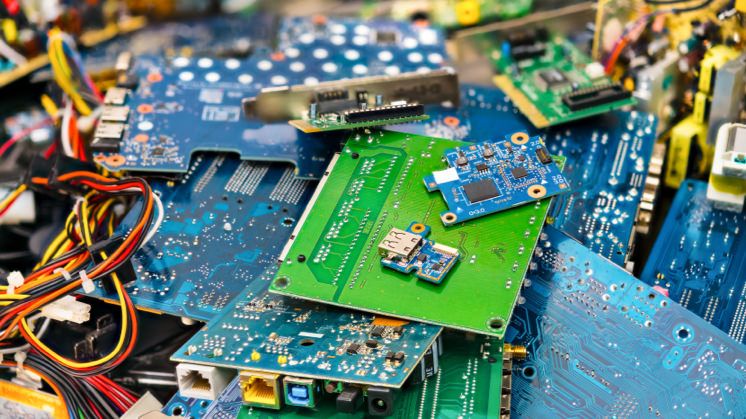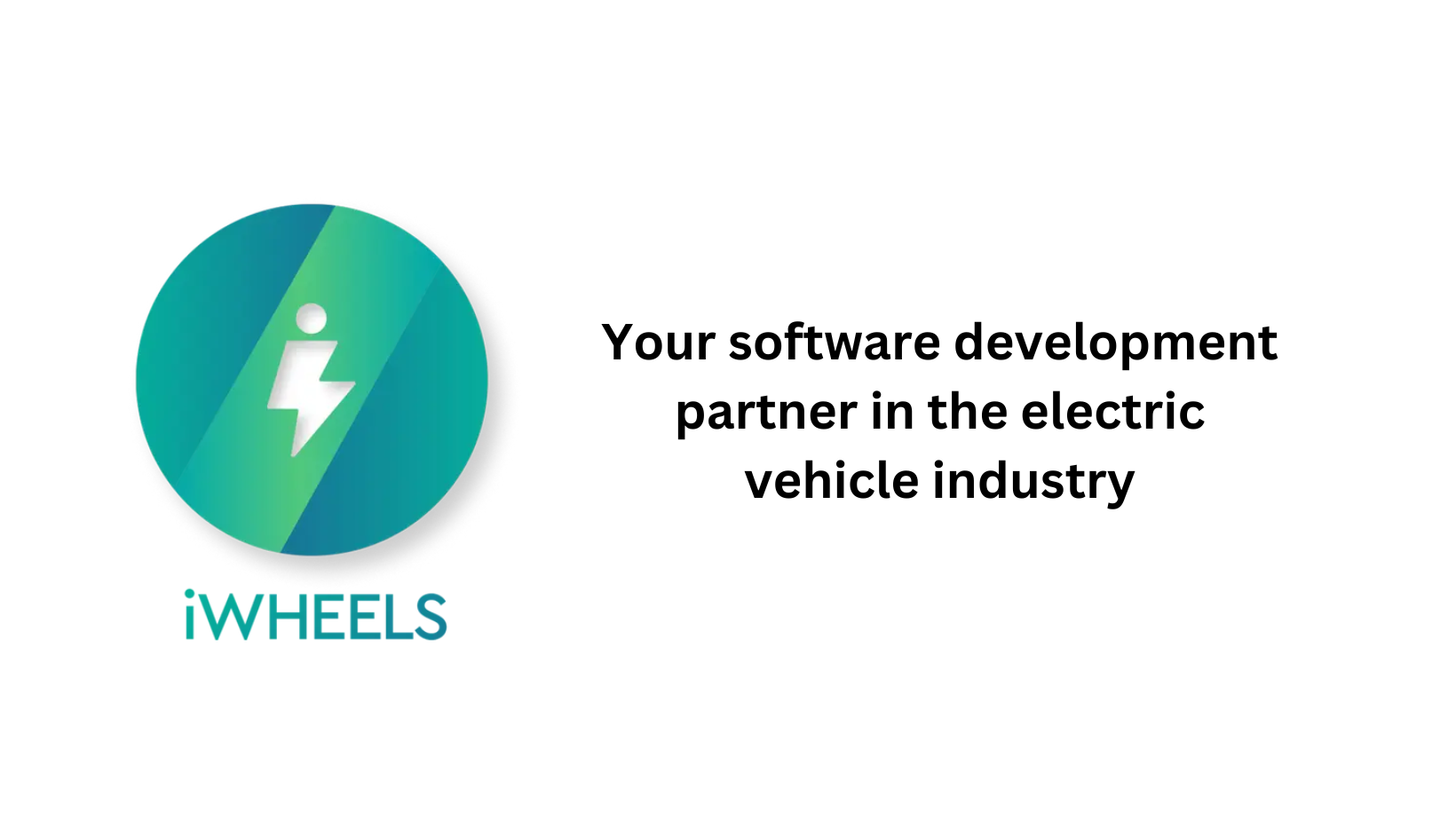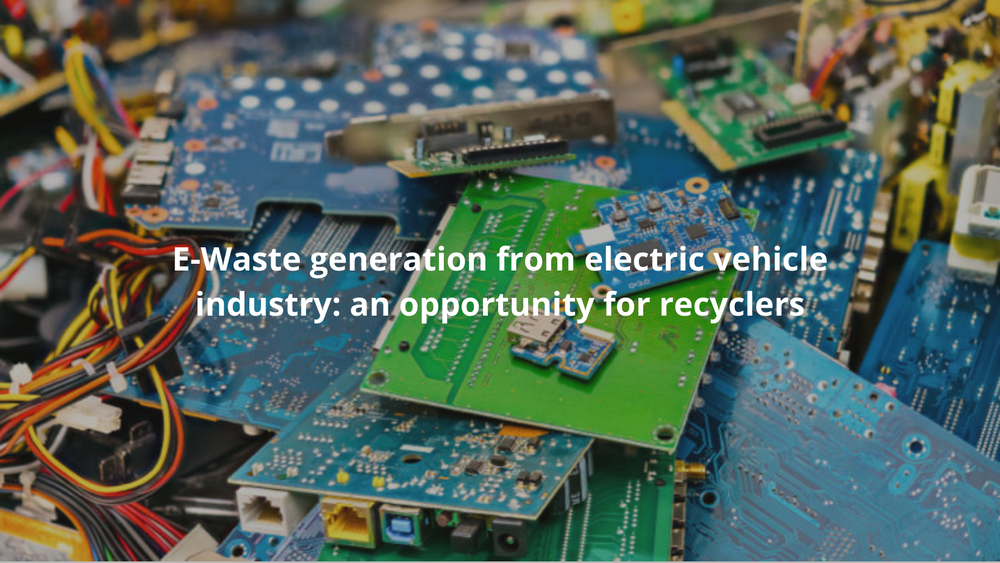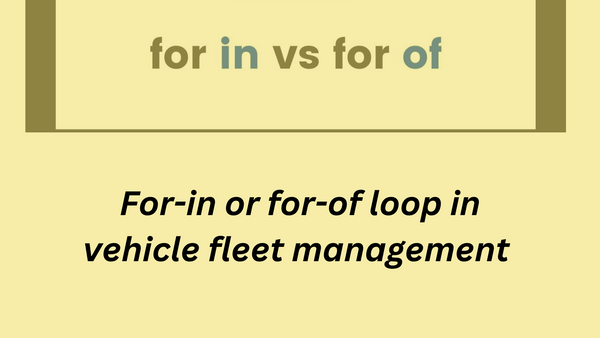E-Waste generation from electric vehicle industry: an opportunity for recyclers
Hello People. This article is about how E-Waste generation from electric vehicle industry is an opportunity for recyclers. MG Motor India has partnered with e-waste recycling and end-to-end service provider, TES-AMM for recycling of batteries of its electric vehicle ZS EV. The partnership will ensure environmentally-sustainable and secure recycling of the ZS EV batteries, the company said in a statement.

By choosing to drive an EV you are helping to reduce harmful air pollution from exhaust emissions. An EV has zero exhaust emissions. Better for the environment. Electric vehicles will play a pivotal role in meeting global targets to reduce carbon emissions, however the world is unprepared to deal with the e-Waste that come from these electric vehicles once they reach the end of their useful life span.
Electronic waste or e-Waste describes discarded electrical or electronic devices. Used electronics which are destined for reuse, resale, salvage, recycling, or disposal are also considered e-Waste.
Are you looking to start your business in the electric vehicle industry? We provide software development, web application development, mobile application development, charging stations management app, electric vehicle fleet management software development, cyber security and all software services. Please check our home page here https://iwheels.co/

Ok. Let's get back to the article.
India is emerging as one of the world's major electronic waste generators, posing grave concerns to public health and environment alike. E-Waste is likely to increase by nearly three times, from the existing 18 lakh metric tons to 55 lakh MT per annum by 2020 at a compound annual growth rate of about 30% in our country.
Unlike any other solid waste, e-Waste is hazardous in nature and needs to be disposed-off scientifically. Informal processing of e-Waste can lead to adverse human health effects and environmental pollution. Recycling raw materials from end-of-life electronics through Pollution Control Board authorized Recyclers is the most effective solution to the growing e-Waste problem.
Extended Producer Responsibility (EPR) rule has been recently announced by the Central Government which mandates electronic producers, bulk electronic consumers to collect and channelize e-Waste to authorized recyclers.
At the end of the battery lifespan, battery waste comprises enormous amounts of chemicals such as cobalt, electrolytes, lithium, manganese oxide and nickel. When the battery comes to the end of its life, its green benefits fade. If it ends up in a landfill, its cells can release problematic toxins, including heavy metals. And recycling the battery can be a hazardous business.
Inside each cell, lithium atoms move through an electrolyte between a graphite anode and a cathode sheet composed of a metal oxide. Batteries are usually defined by the metals in the cathode. There are three main types: nickel-cobalt-aluminum, iron-phosphate, and nickel-manganese-cobalt.
Recyclers primarily target metals in the cathode, such as cobalt and nickel, that fetch high prices. (Lithium and graphite are too cheap for recycling to be economical.) But because of the small quantities, the metals are hard to find and recover.
Recyclers use two techniques, known as pyrometallurgy and hydrometallurgy. The more common is pyrometallurgy, in which recyclers first mechanically shred the cell and then burn it, leaving a charred mass of plastic, metals, and glues. At that point, they can use several methods to extract the metals, including further burning. Hydrometallurgy, in contrast, involves dunking battery materials in pools of acid, producing a metal-laden soup. Sometimes the two methods are combined. Both methods have advantages and downsides.
Pyrometallurgy, for example, doesn't require the recycler to know the battery's design or composition, or even whether it is completely discharged, in order to move ahead safely. But it is energy intensive.
Hydrometallurgy can extract materials not easily obtained through burning, but it can involve chemicals that pose health risks. And recovering the desired elements from the chemical soup can be difficult, although researchers are experimenting with compounds that promise to dissolve certain battery metals but leave others in a solid form, making them easier to recover.
Hope this article on how E-Waste generation from electric vehicle industry is an opportunity for recyclers is useful to you. To read about jobs in the Electric Vehicle Industry, please visit Job opportunities in Electric Vehicle Sector and its Charging Infrastructure industry




